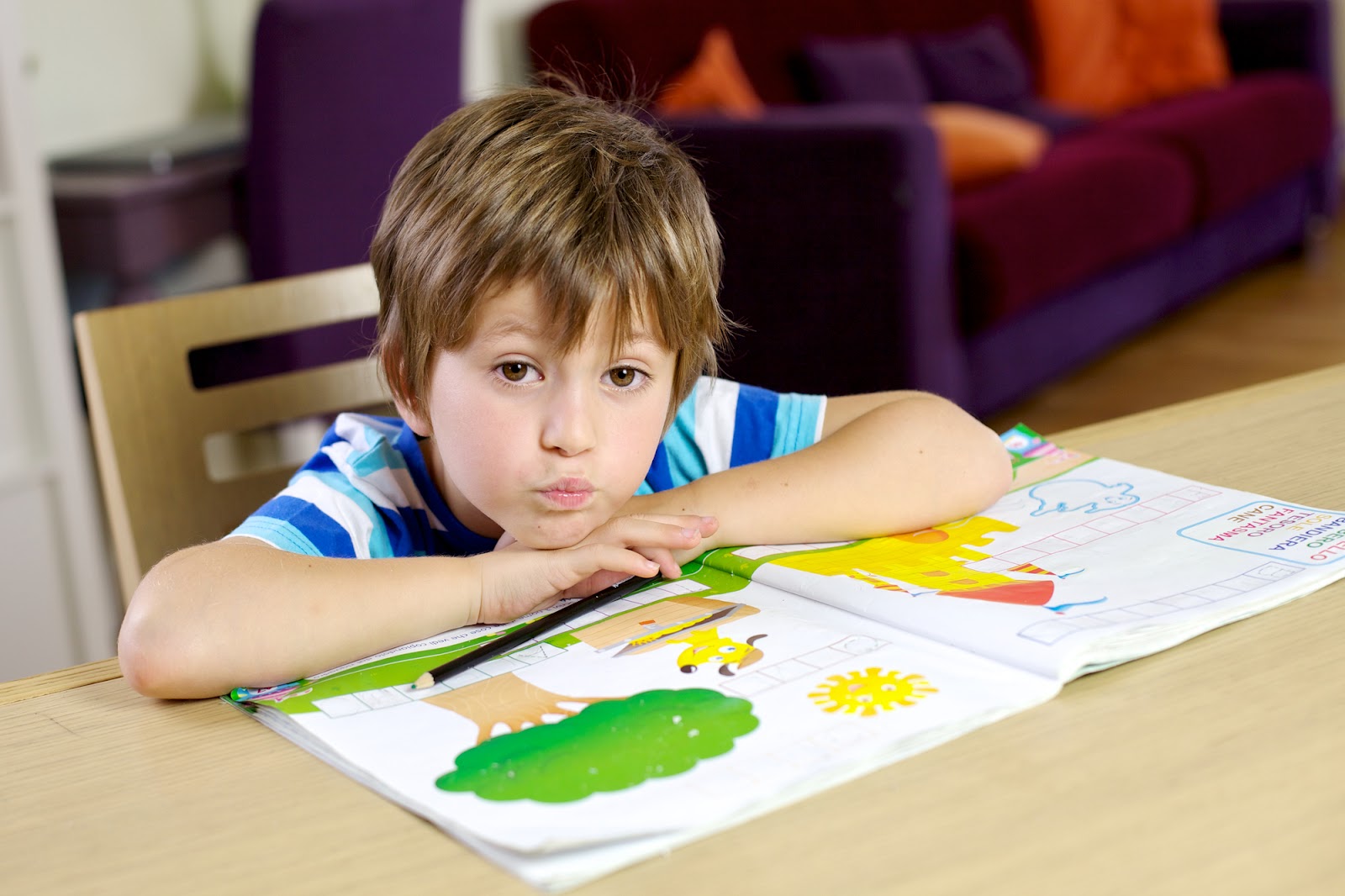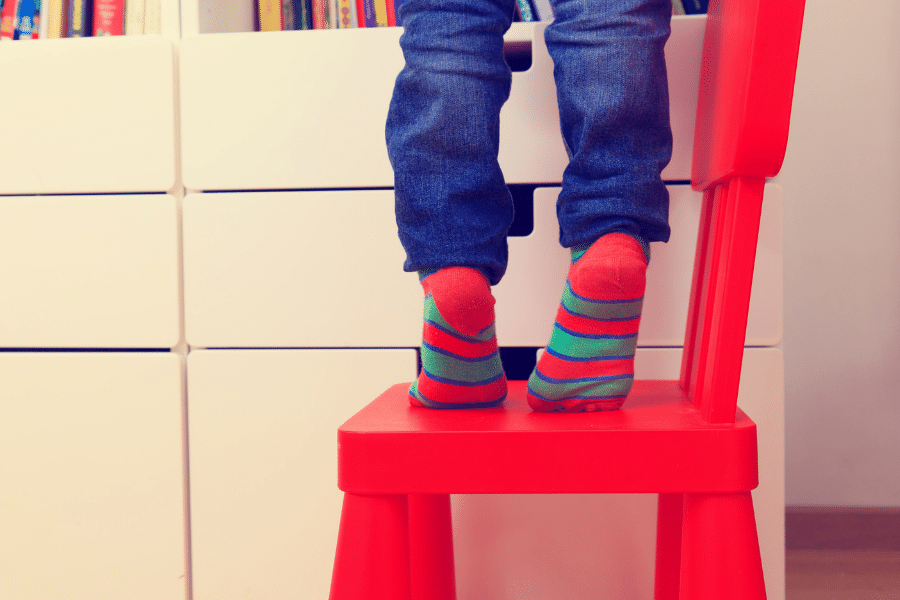Creating the Optimal Living Environment for a Child With ADHD

Home Design Tips for Kids With ADHD
Currently, over 6 million children have been diagnosed with ADHD. Attention deficit hyperactivity disorder (ADHD) affects people's behavior. It can inhibit the ability to focus, cause restlessness, and increase impulsivity. While children with ADHD are sometimes seen as troublemakers or may have difficulties in school, there are many ways for children with ADHD to thrive.
With the proper accommodations and the care of parents, teachers, and medical professionals, a child with ADHD can make the most of every day and live an enriching life.
If your child has ADHD, one way you can help them is to create an optimal living environment specific to their needs. If you buy a home or build a new one, you can keep their needs in mind during construction. If you are moving into a new home or downsizing into a townhouse, you can use this move to make the most of the space you have. However, no matter your living situation, there are small changes you can make to help your child thrive.

Chapters
Make Their Bedroom a Safe Haven
The first step to creating an optimal living space for a child with ADHD is to focus on their bedroom. A child’s bedroom is where they play, sleep, do their homework, spend time with their friends, and so much more. By creating this space with your child’s unique situation in mind, you can make them feel as comfortable as possible at home.
Pick Calming Colors
According to the Sleep Health Foundation, up to 70% of children with ADHD have problems sleeping. ADHD can cause high levels of energy and restlessness.
With this in mind, it’s best to choose calming colors when decorating your child’s bedroom. You want muted colors that don’t draw too much attention. Colors like blue and green are known for their calming effect. To help increase this effect, add soft lighting fixtures.
Choose Sensory-friendly Fabrics
Children with ADHD may struggle with different sensory difficulties. They can become easily overwhelmed, and things like loud noises or scratchy fabrics can negatively impact their ability to focus. When choosing your child’s bedding and clothing, keep their fabric preferences in mind.
Cotton, soft wool, bamboo, and linen fabrics are good choices. When in doubt, stay away from synthetic fabrics and try to buy more natural fabrics whenever possible. They are less likely to irritate your child’s skin and trigger any sensory problems.
Keep It Minimal
Children with ADHD may struggle with filtering out distractions that are present in their surroundings. If your child does their schoolwork in their bedroom, you must try to keep things as minimal and organized as possible. Creating an organization system for their closet (especially if it’s small) and desk can help them to focus better on the task at hand.
Create Spaces Conducive To Productivity
While creating spaces conducive to productivity is especially helpful for children with ADHD, the truth is that these spaces will be helpful for anyone living in your home. With many people working from home, and with children completing schoolwork from home due to the pandemic, the whole family can benefit from spaces that are designed to help encourage productivity and focus.
Keep Your Home Office Separate
As a parent, it can be hard to work from home. There are distractions everywhere, and you have responsibilities to your kids that might take time out of your workday. If your home office is just a laptop on your kitchen table, then you won’t be able to concentrate because you will be right in the middle of the daily activities in your home. Every time someone wants a snack, they will be entering your workspace.
For this reason, it’s important to keep your home office separate from the communal spaces in your home like the kitchen, dining room, and living room. Keep your home office either in your spare room or in your bedroom (if you do not have a separate room available).
Design a Dedicated Work Space for Your Child
Many children learn remotely. This number has increased since the start of the pandemic. For this reason, your child also needs a space that is strictly for their work. This will help them to separate work from play and will encourage them to focus on school when they are in that specified space.
Make a “To-Go” Station
If your child is going in and out of the house often, they may struggle to remember certain important items. Creating a “to-go” station near the entrance of your home can help your child to put together all of their necessary belongings before they go to school or daycare center.
These items can include a homework folder, backpack, lunch box, house key, and anything else you like your child to have when they leave the house.
Create an At-home Exercise Area
Studies show that 30 minutes or more of exercise can help to reduce the symptoms of ADHD. Creating a space in your home for your child to let out some of their energy in a safe environment can have a positive effect on not only your child but on the whole family.
The at-home exercise space can be as low-cost or as expensive as you like. It can be a couple of exercise balls, some weights, and a yoga mat. It can also be pieces of large equipment such as treadmills and elliptical machines. All that matters is that there is a space for your family to move, stretch, dance, and have fun.
If you are working from home, you and your child can do a workout together or watch a dance video during your lunch break. Creating an at-home exercise area can help your whole family to develop healthier habits and get more physical activity.

Keep Everyone Safe
It’s important for every family, whether you have a child with ADHD or not, to take precautions to ensure the safety of everyone in the house. These precautions become even more important when you have a child who struggles with focus and impulse control.
Have an Emergency Plan
Developing an emergency plan with your family is a great way to prepare for a dangerous situation. One way to create an emergency plan is to have your children help you identify all the exits they can use if there is a house fire. Your children can also help you put together (and decorate) a supply kit that you can use in the event of a disaster or other emergency.
Every family’s emergency plans will be different. Whether you are considering your child with ADHD or another relative with a mobility impairment, you should factor in everything that could affect your family in the event of an emergency.
Lock Up Dangerous Items
Keeping dangerous items away from children is a must in any home and is crucial when childproofing a home. Items like sharp cutlery should be kept in drawers and not left on countertops. If your child is very young, keep a childproof lock on cabinets and drawers in your kitchen.
Medications should also be kept away from children. Keeping these items on high shelves or in locked cabinets is the best way to protect your children.
Protect Surfaces
Adding protective measures to different surfaces around your home can help to keep your child safe during play. This can include using beds that are close to the ground, putting rugs on the floor to cushion falls, and adding small cushions to the corners of tables.
You don’t have to go overboard with these adjustments to your home. Your house can be an optimal living environment for your child while still reflecting your style and looking aesthetically pleasing.
The internet is full of inspiration for home decor and the creation of sensory-friendly spaces. But please remember that these pictures are carefully curated for social media. Use the pictures as inspiration, but don’t feel pressured to make your home look exactly like theirs. Sometimes real life is messy, and it’s okay if your home doesn’t look Instagram-ready all the time.
The thing that matters most is that your home is a safe and comfortable place for everyone in your family. By making some of these small changes, you can help to create a more positive environment for your child with ADHD, as well as the rest of your loved ones.

Ryan Fitzgerald
Hi there! Nice to 'meet' you and thanks for visiting our Raleigh Real Estate Blog! My name is Ryan Fitzgerald, and I'm a REALTOR® in Raleigh-Durham, NC, the owner of Raleigh Realty. I work alongside some of the best Realtors in Raleigh. You can find more of my real estate content on Forbes, Wall Street Journal, U.S. News and more. Realtor Magazine named me a top 30 under 30 Realtor in the country (it was a long time ago haha). Any way, that's enough about me. I'd love to learn more about you if you'd like to connect with me on Facebook and Instagram or connect with our team at Raleigh Realty. Looking forward to connecting!

